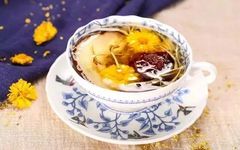
Traditional Chinese Medicine|
Opinions may vary, content is for reference only
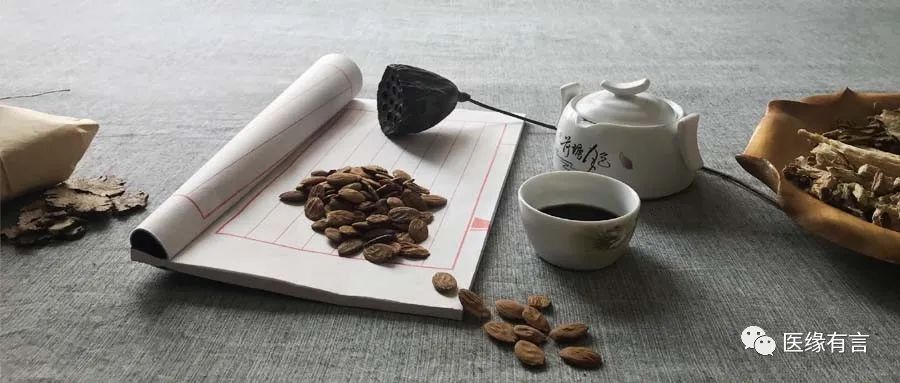
Written by | Anonymous Edited by | Zichu

Wind-Heat Cold is a condition caused by the invasion of the Wind-Heat pathogen, which harms the lung’s defensive Qi, leading to a syndrome where the lung Qi cannot descend and disperse.
Understanding the symptoms of Wind-Heat Cold —
|
Symptoms and Signs |
|
|
Core Symptoms |
Detailed Description |
| High fever, sore throat, cough with yellow phlegm | Typically, sore throat and hoarseness appear first, followed by fever, cough with yellow phlegm, and yellow nasal discharge. Those with fever generally do not feel cold and may prefer to drink cold water. |
Treatment Methods
Chinese Patent Medicines
Yin Qiao Jie Du Wan (Yin Qiao Detoxification Pill)
Ma Xing Shi Gan Pian (Ephedra, Apricot Kernel, Gypsum, and Licorice Tablets)
Chinese Herbal Decoction
4 stalks of scallion (Allium fistulosum), 30 grams of fermented soybeans (Dou Chi), decoct and take immediately.
The Wind-Heat pathogen causes the patient to not fear cold or wind, presenting with yellow nasal discharge, yellow phlegm, and a yellow tongue coating. If there is a fever, it is generally high, defined as above 38.5ºC.The color yellow indicates a heat syndrome, such as yellow nasal discharge, yellow phlegm, yellow urine, and in women, yellow vaginal discharge, along with a yellow tongue coating. If any of these aspects are yellow, it is generally a heat syndrome.In addition to heat, the Wind-Heat pathogen also presents with wind symptoms.
After the Qing Dynasty, Wind-Heat Cold was classified under the category of Warm Diseases; prior to the Qing Dynasty, it was classified under the category of Cold Damage. Throughout the development of TCM, many academic schools emerged, with two prominent ones being the Warm Disease School and the Cold Damage School.
The Cold Damage School uses herbs like Ma Huang (Ephedra) and Shi Gao (Gypsum) to treat Wind-Heat Cold, achieving good results with formulas like Ge Gen Tang (Kudzu Decoction), Ma Xing Shi Gan Tang (Ephedra, Apricot Kernel, Gypsum, and Licorice Decoction), or Da Qing Long Tang (Major Blue Dragon Decoction).The Warm Disease School considers Wind-Heat Cold a type of warm disease, using formulas like Yin Qiao San (Yin Qiao Powder) and Sang Ju Yin (Mulberry Leaf and Chrysanthemum Drink) to resolve the issue with acrid-cool dispersing formulas.Modern TCM often combines these two approaches, for example, using Yin Qiao San + Ma Xing Shi Gan Tang. The rationale behind each approach is debated, but ultimately, efficacy is the final measure.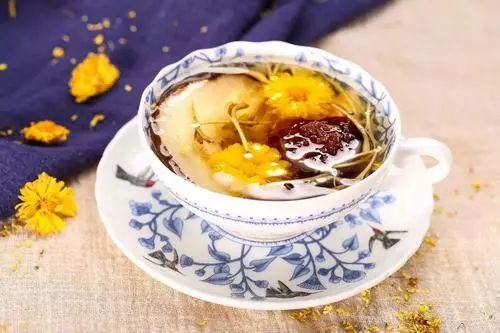 Sore throat is often the first signal of Wind-Heat Cold, especially in children. When a child wakes up in the morning and complains of a sore throat, parents must address it immediately.For instance, using Yin Qiao Jie Du Wan or Pu Di Lan (Dandelion, Purple Flower, and Isatis Root) can suppress the Wind-Heat pathogen at the first moment.Generally, after taking it for a few minutes or tens of minutes, the sore throat will improve. Otherwise, after a few hours or a day or two, the patient may develop a fever, at which point the Wind-Heat pathogen will have strengthened, making it much harder to resolve with patent medicines.Ma Xing Shi Gan Tang also has many patent medicine formulations, such as Ma Xing Shi Gan Pian and Ma Xing Zhi Ke Syrup. There are many brand names for these formulations, so you need to learn to read the ingredients. Ma Xing Shi Gan Tang consists of: Ma Huang (Ephedra), Xing Ren (Apricot Kernel), Shi Gao (Gypsum), and Zhi Gan Cao (Honey-fried Licorice). If you see these four ingredients in the product’s instructions, then it is correct.
Sore throat is often the first signal of Wind-Heat Cold, especially in children. When a child wakes up in the morning and complains of a sore throat, parents must address it immediately.For instance, using Yin Qiao Jie Du Wan or Pu Di Lan (Dandelion, Purple Flower, and Isatis Root) can suppress the Wind-Heat pathogen at the first moment.Generally, after taking it for a few minutes or tens of minutes, the sore throat will improve. Otherwise, after a few hours or a day or two, the patient may develop a fever, at which point the Wind-Heat pathogen will have strengthened, making it much harder to resolve with patent medicines.Ma Xing Shi Gan Tang also has many patent medicine formulations, such as Ma Xing Shi Gan Pian and Ma Xing Zhi Ke Syrup. There are many brand names for these formulations, so you need to learn to read the ingredients. Ma Xing Shi Gan Tang consists of: Ma Huang (Ephedra), Xing Ren (Apricot Kernel), Shi Gao (Gypsum), and Zhi Gan Cao (Honey-fried Licorice). If you see these four ingredients in the product’s instructions, then it is correct. If the efficacy is not significant when used alone, you can combine Ma Xing Shi Gan Tang with Yin Qiao Jie Du Wan.From the perspective of food-grade herbal decoctions, you can use Scallion and Fermented Soybean Soup.Use the white part of scallions, about three or four stalks, without the leaves or roots.Scallions have a strong dispersing function, and their ability to induce sweating and expel pathogens is significant. The other ingredient is 30 grams of fermented soybeans, which are processed black beans. The combination works very well.
If the efficacy is not significant when used alone, you can combine Ma Xing Shi Gan Tang with Yin Qiao Jie Du Wan.From the perspective of food-grade herbal decoctions, you can use Scallion and Fermented Soybean Soup.Use the white part of scallions, about three or four stalks, without the leaves or roots.Scallions have a strong dispersing function, and their ability to induce sweating and expel pathogens is significant. The other ingredient is 30 grams of fermented soybeans, which are processed black beans. The combination works very well. Some say that colds do not need treatment, as they will resolve in seven days.However, any disease, if left untreated, may either resolve on its own, become chronic, or even threaten life.Of course, unless there are chronic conditions like heart disease or kidney disease, a common cold generally does not pose a life threat.Not treating it often leads to two scenarios: one is a painful process followed by self-healing; the other is the development into a chronic condition, such as allergic rhinitis or urticaria.Therefore, my opinion is to treat it, as it may shorten the duration of the illness and reduce suffering, while also preventing it from becoming chronic.
Some say that colds do not need treatment, as they will resolve in seven days.However, any disease, if left untreated, may either resolve on its own, become chronic, or even threaten life.Of course, unless there are chronic conditions like heart disease or kidney disease, a common cold generally does not pose a life threat.Not treating it often leads to two scenarios: one is a painful process followed by self-healing; the other is the development into a chronic condition, such as allergic rhinitis or urticaria.Therefore, my opinion is to treat it, as it may shorten the duration of the illness and reduce suffering, while also preventing it from becoming chronic.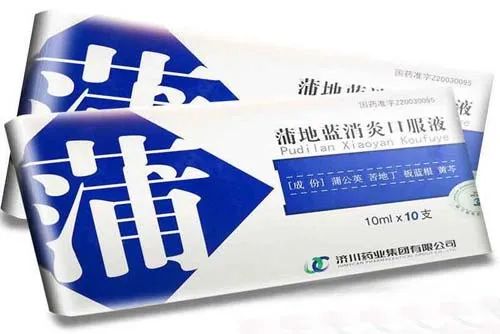 From a family treatment perspective, it is essential to have some cold medicines on hand to interrupt the course of the illness at the first sign of symptoms, preventing it from progressing.For example, if there is a slight sore throat indicating Wind-Heat invasion, we should take Yin Qiao Jie Du Wan or Pu Di Lan immediately, which will relieve the pain and prevent the onset of Wind-Heat Cold.If we delay, it may develop into cough, pneumonia, asthma, and other issues.
From a family treatment perspective, it is essential to have some cold medicines on hand to interrupt the course of the illness at the first sign of symptoms, preventing it from progressing.For example, if there is a slight sore throat indicating Wind-Heat invasion, we should take Yin Qiao Jie Du Wan or Pu Di Lan immediately, which will relieve the pain and prevent the onset of Wind-Heat Cold.If we delay, it may develop into cough, pneumonia, asthma, and other issues.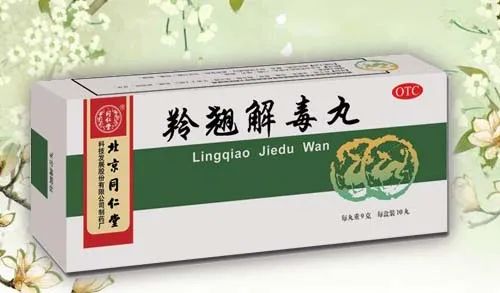 Next time, I will share a classic medication —《Classic Formulas: Yin (Ling) Qiao Jie Du Wan》
Next time, I will share a classic medication —《Classic Formulas: Yin (Ling) Qiao Jie Du Wan》
Previous Reviews
Click the titles below to view
- ☞Traditional Chinese Medicine | Who is More Likely to Catch ‘Wind-Cold’?
- ☞Traditional Chinese Medicine | What is ‘Wind-Cold’?
- ☞Traditional Chinese Medicine | The Six Excesses are the Source of Exogenous Diseases Part Two
- ☞Traditional Chinese Medicine | The Six Excesses are the Source of Exogenous Diseases Part One
Approaching traditional Chinese medicine,
Appreciating TCM culture,
Learning TCM thinking,
Applying TCM methods.

Appreciate traditional culture
Wisdom for a healthy life
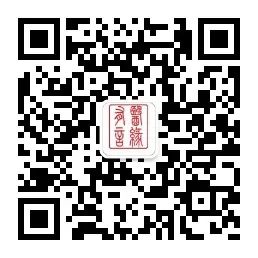
WeChat ID:
ontime20201112
Long press the QR code to follow

